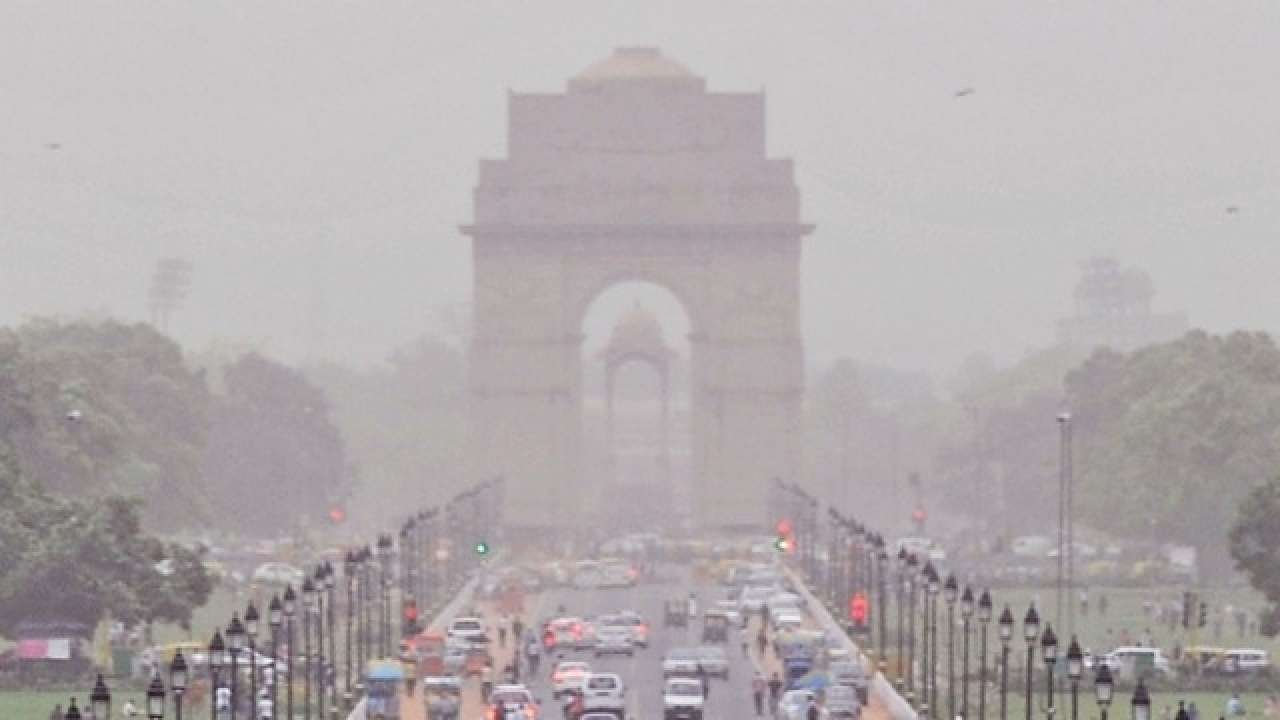It is once again that time of the year when the national capital of the country is struggling to breathe. It is not coronavirus but the air quality of Delhi that has deteriorated making the air quality index very poor. As per the SAFAR website, an initiative of Ministry of Earth Science, Govt. of India, Indian Institute of Tropical Meteorology, Pune, the AQI of Delhi has crossed the 300 mark and it is predicted that in coming days the air quality will continue to remain poor and might cross 400 mark as well.
The overall Air Quality Index [AQI] of Delhi was in the ‘moderate’ category in the starting of the month. But as calm surface wind conditions started over the Delhi region, low ventilation was observed and hence deterioration of AQI is been reflected and index raised from ‘moderate’ to marginally ‘very poor’ category. It was forecasted that the air quality will be in the ‘very poor’ category in October.
An AQI from zero to 50 is considered to be ‘good’, between 51 and 100 it’s ‘satisfactory’, 101 to 200 it’s ‘moderate’, 201 to 300 ‘poor’, and when it’s between 301 and 400 it is considered ‘very poor’, and between 401 and 500 is ‘severe’.
Extreme air pollution in Delhi is a year-round problem, which can be indicated by unfavorable meteorological conditions and according to an analysis by the Council on Energy, Environment, and Water of Delhi, transportation contributes vastly, around 18 to 39 per cent — to Delhi’s air pollution. However, stubble burning in Haryana and Punjab also contributes to worsening the air quality of the national capital. With the onset of winter, the pollutants or smoke gets trapped due to slow winds and cold temperature forming the smog which affects the air quality. However, experts have warned that high levels of air pollution can aggravate the COVID-19 pandemic.
After the harsh display of AQI results, the Ministry of Earth Sciences’ Air quality monitor has raised alarm for the Air Quality of Delhi and said, increase in farm fires in Punjab, Haryana, and neighboring regions of Pakistan is also going to impact the air quality in Delhi-NCR.
Government Intervention:
To combat air pollution caused due to stubble burning the administration informed that the centre has allotted a fund of Rs. 1700 crore to the states for stubble management. Presently, for machinery, 80% subsidy to cooperatives and 50% subsidy to individuals for stubble is being provided to limit the pollution caused due to stubble burning.
Noticing this bracing air pollution, from October 15, strict measures had been taken under consideration with the implementation of the Response Action Plan, which was first implemented in Delhi-NCR in 2017. Furthermore, the Delhi administration has begun a massive anti-air pollution campaign — Yuddh Pradushan Ke Viruddh, under the leadership of Chief Minister Arvind Kejriwal and Environment Minister Gopal Rai.
Union Minister, Environment, Forest and Climate Change, Prakash Javadekar also stated recently that the trial of Pusa Microbial Decomposer Capsule, which is underway in Delhi NCR, and mentioned that Uttar Pradesh will be using this technology over an area of 10,000 hectares this year whereas Delhi will be using the same for 800 hectares.
The government had further started the spraying of Pusa bio-decomposer solution in non-basmati rice fields in the national capital from the following week. He further informed that the importance of using Bio Decomposers, Bio CNG, and Biopower to reduce air pollution and its negative impact.
Keeping the same in mind, a green war room with a 10-member expert team has also been set up at the Delhi Secretariat to regulate the steps being taken to deal with high levels of air pollution in winters.
The environment department in the governing council has also taken significant action against project proponents at large construction and demolition sites flouting dust control norms.
Written by: Manoj Khetan

